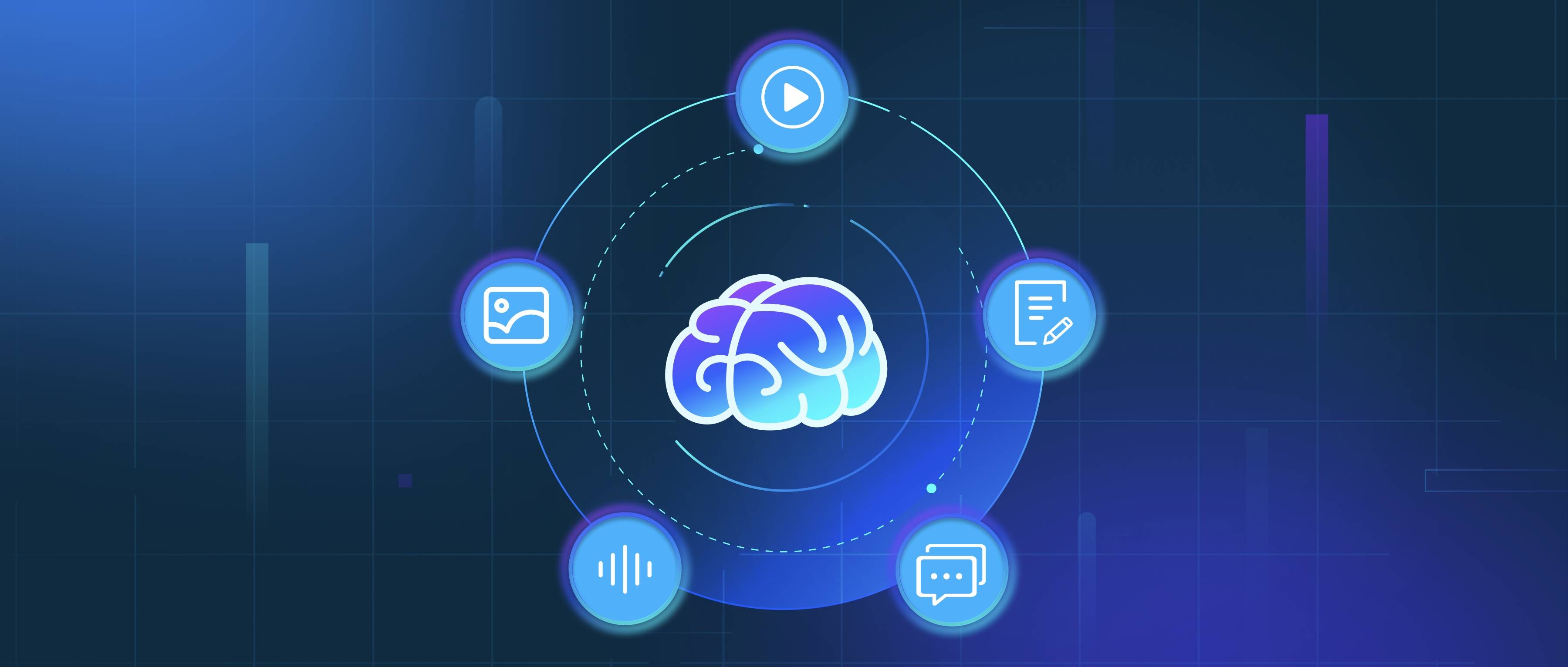Vision-Language Models (VLMs) are trained using two primary types of data: visual data and textual data. Visual data consists of images or videos that provide a variety of visual contexts, while textual data consists of descriptions, captions, or relevant information associated with those images. For example, an image of a dog might be paired with text such as "A golden retriever playing fetch in a park." This type of data pairing enables the model to learn the relationships between what it sees and what it reads, facilitating a deeper understanding of both modalities.
The training process often involves large datasets that contain diverse examples. One commonly used dataset is the Microsoft COCO (Common Objects in Context) dataset, which includes thousands of images with multiple annotations for each image, including descriptive captions. Another example is the Visual Genome dataset, which provides images annotated with objects, attributes, and relationships. These rich datasets help the models learn to identify objects, grasp their attributes, and understand the context in which they appear, thereby forming a bridge between visual perception and language comprehension.
To enhance the model's ability to generalize and respond accurately in real-world applications, additional sources of data may be integrated. For instance, combining social media images with their captions can expose the model to a broader array of scenarios and informal language. Similarly, visual question answering datasets can train models to respond to specific questions about images, enriching their understanding further. Overall, the combination of these diverse data types enables Vision-Language Models to perform tasks that require both visual understanding and linguistic analysis effectively.
